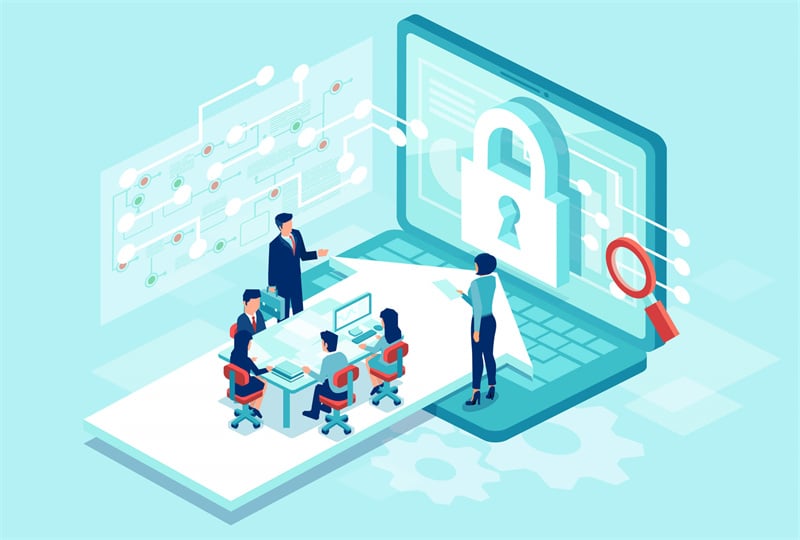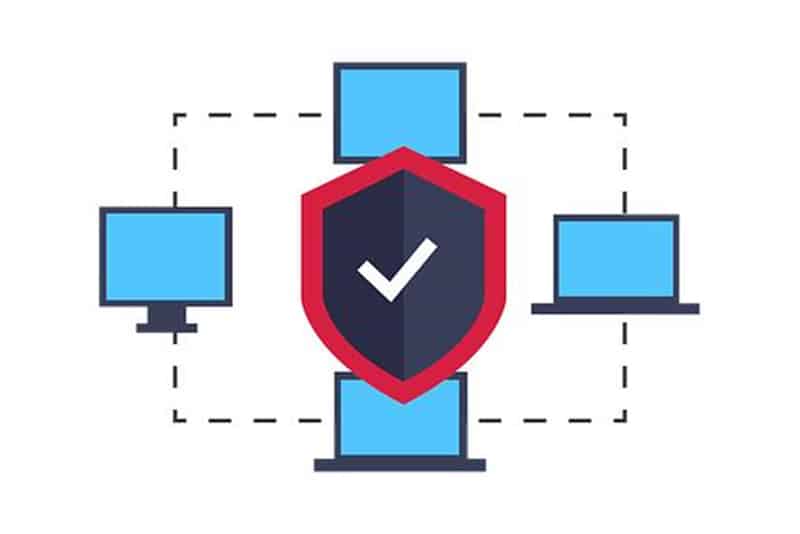
Security technology is about much more than expensive gadgets, elaborate camera systems, and the latest and greatest software.
While these things are important, they are only a part of the bigger picture regarding keeping our homes, families, and businesses safe. Security technology also includes using common sense, being aware of our surroundings, and taking precautions to protect ourselves from potential threats.
There are many different types of security threats that we face daily. Some of these threats are more serious than others, but all of them have the potential to cause harm if we're not prepared. Here are some of the top tech solutions that can help us maintain a high level of security:
1. Use Security Software and Hardware

Security software and hardware is another important part of keeping our devices and information safe. Security software, such as record management software, helps us track who has access to our information and what they're allowed to do with it. Moreover, the CivicRMS software not only limits access to certain sensitive data but also helps with abiding with the law enforcement requirements for data retention.
Meanwhile, security hardware like firewalls and intrusion detection systems help us physically secure our networks and devices from unauthorized access. It's important to ensure that all your devices use the most up-to-date security software and hardware to stay protected against the latest threats.
2. Use Strong Passwords and Two-Factor Authentication
One of the most important things we can do to protect our online accounts is to use strong passwords that are difficult for hackers to guess. We should also make sure to use different passwords for each of our online accounts so that the others will still be safe if one password is compromised.
In addition to using strong passwords, we can also enable two-factor authentication for our online accounts. This adds an extra layer of security by requiring us to enter a code that is sent to our phone or email in addition to our password when logging in.
3. Stay informed About the Latest Security Threats
One of the most important things we can do to protect ourselves from security threats is to stay informed about what's happening in the world of cyber security. By keeping up with the latest news and developments, we can learn about emerging threats and take steps to protect ourselves from them. The Outsourced IT Services industry is constantly evolving and staying informed can help us stay one step ahead of potential threats. Outsourcing IT services can also be a great way to enhance our security measures. By working with a reputable provider, we can ensure that our systems are regularly maintained and updated to keep up with the latest security standards.
There are many ways to stay informed about security threats. One of the best ways is to subscribe to a security newsletter or follow a few reputable security blogs. These resources will provide you with regular updates on the latest threats, as well as tips for how to stay safe online.
You can also stay informed by following organizations like the National Cyber Security Alliance, the Department of Homeland Security, and Symantec on Twitter. These organizations regularly tweet about the latest security threats and offer advice on protecting yourself. Finally, you can also attend security conferences and events where you can learn from experts in the field and meet people who can help you stay safe online.
4. Be Careful about What You Click on and Download
One of the easiest ways for malware to end up on our devices is by clicking on links or opening attachments in email messages from people we don't know. Many cyber criminals try to trick us into doing this by disguising their emails to look like they're from a legitimate source, such as our bank or a popular online retailer.
When you receive an email from someone you don't know, be careful about what you click on. Don't open any attachments unless you're sure they're safe, and avoid clicking on any links that could take you to a malicious website. If you're not sure whether an email is legitimate or not, you can always contact the company directly to ask.
5. Keep Your Devices Updated

Another important step to protect our devices is to ensure they're always running the latest software and firmware updates. Manufacturers regularly release updates for our devices, including security fixes for newly discovered vulnerabilities. Keeping our devices updated can help close any potential security holes that hackers could exploit.
You can enable automatic updates if available to ensure your devices are always updated. You can also regularly check for updates by going to the manufacturer's website or checking for notifications within the device itself.
6. Use Secure Connections When Available
Whenever possible, we should use secure connections when accessing sensitive information online. Secure connections are indicated by a padlock icon in the address bar of our web browser and typically use the HTTPS protocol.
When using a secure connection, our information is encrypted as it's being transmitted, making it much more difficult for anyone to intercept and read our data. This is especially important when accessing sensitive information like our bank account or email.
By taking these steps, we can help protect ourselves from the latest security threats. However, it's important to remember that no matter how much we do to secure our devices and online accounts, there's always a risk that something could go wrong. As such, we should also ensure we have proper backups of our data in case something happens.










